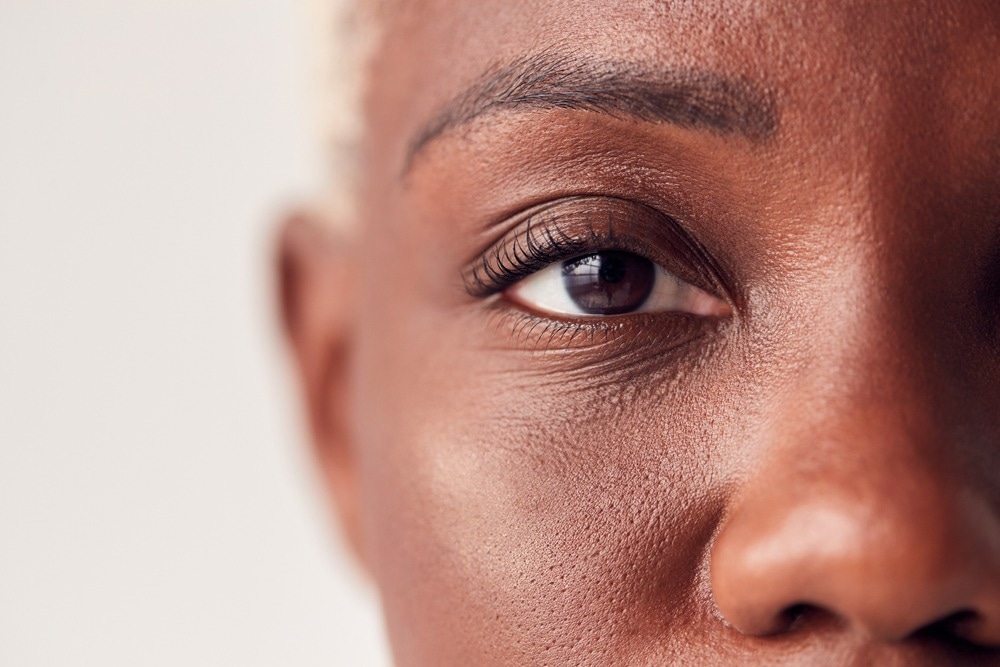In a recent study in PNAS, researchers tested sex and age differences using the English Eyes test version among adolescent and adult individuals across 57 nations.

Background
The “Reading the Mind in the Eyes” test (Eyes test) has been used widely to assess the “theory of mind” (ToM). The NIMH (national institute of mental health) research domain criteria (RDoC) has recommended the test to understand the mental states of individuals. Studies have reported that females outperformed males in the test; however, the female advantage by age and nation has not been well-characterized and requires further investigation.
About the study
In the present study, researchers investigated whether there were age-related and sex-related differences in the Eyes test scores and whether the differences were present across nations. In addition, they investigated personality/cognitive or sociodemographic factors that affected the test scores and the nation-level variables [political, economic, social, and health (PESH) indicators] linked to national-scale sex differences in the test.F
The team leveraged one discovery dataset (Lab in the Wild, n=305,726) and three datasets for validating the study findings, i.e., dataset A (Cambridge Psychology, n=642), dataset B (musical universe, n=5,284), dataset C (musical universe, n=1,087). Validation dataset A and dataset C utilized the 36-item test, whereas dataset B utilized the 18-item test version).
In addition to age and sex differences, the team assessed the relationships with demographic factors such as level of education, and personality/cognitive factors, including E-S (empathizing-systemizing) cognition profiles and the Big Five personality traits. The latter profiles represented the D-scores, Fcalculated based on the difference in an individual’s EQ (empathy quotient) and SQ-R (systemizing quotient-revised) scores.
Utilizing national-level data, the team investigated sex-related differences by nation, and exploratory ecological-correlation analyses were performed to assess the relationship between national-level sociodemographic variables based on PESH indicators and sex-based differences on the test. The sample size per country ranged from 112 individuals in Vietnam to 176,402 US (United States) residents.
Further, a systematic literature review, including 16 studies and 10 translations, was conducted to identify sex-related differences in Eyes test versions in languages other than English. Sixteen PESH indicators were available for 52 of 56 nations. To decrease the number of indicators, PCA (principal component analysis) was performed, and as a result, the team retained three components.
The first component indicators were related to “prosperity” (including the global creativity index, human development index, and income subindex), the second component indicators were related to “autonomy” (including egalitarianism, affective and intellectual autonomy, and democracy index), and the third component was related to “collectivism” (including harmony and negative mastery loading indicators).
Greater than 460,000 English-speaking individuals completed the English test version and answered the questions between February 2013 and May 2019. The team included only individuals aged between 16 years and 70 years who were native speakers of English or were non-native English speakers who could identify all words used for describing emotions for the analysis.
Results
Among the study participants, 48% (n=142,696) were women, and 62% (n=180,293) were US residents. A replicable on-average female advantage was observed in test performance, and the performance increased through adolescence and shallowly declined across adulthood. The on-average female advantage was evident across the lifespan, with a significant on-average female advantage in 63% (36 out of 57) of nations.
Further, there was a significant on-average female advantage on non-English language test versions among 12 of 16 nations, as confirmed by a systematic review and D-scores, or E-S predicted test performance above and beyond sex differences. On average, the findings indicated a female advantage among non-English test versions, validating the study findings.
For the female sex, thresholds were observed at 20 and 50 years of age with better test performance in the 16-year to 20-year age group, a slight decrease from age 20 to 50 years, followed by a further decrease from age 50 years onward. For the male sex, thresholds were observed at 21 and 58 years of age, with higher scores in the 16-year to 21-year age group, a slight decrease for ages between 21 and 58 years, followed by a steep drop from 58 years onward.
Among sociodemographic factors, only education positively affected the discovery dataset performance but not the datasets included for validating the study findings. Among personality/cognitive factors, the cognitive profile E-S calculations and D-scores negatively impacted the performance of all datasets wherein they were included.
The female advantage was positively associated with collectivism and negatively associated with prosperity and autonomy, as confirmed by exploratory country-level analyses. The findings indicated that the more autonomous and prosperous a nation is, the lesser the female advantage on the test, and the more collectivist a nation is, the greater the female advantage.
To conclude, based on the study findings, the on-average female advantage in the Eyes test scores was consistent across ages and among most nations.
- Sex and age differences in “theory of mind” across 57 countries using the English version of the “Reading the Mind in the Eyes” Test. David M. Greenberg et al. PNAS 2023;120(1): e2022385119. doi: https://doi.org/10.1073/pnas.2022385119 https://www.pnas.org/doi/10.1073/pnas.2022385119
Posted in: Life Sciences News | Medical Research News
Tags: Education, Language, Mental Health, Psychology, Research

Written by
Pooja Toshniwal Paharia
Dr. based clinical-radiological diagnosis and management of oral lesions and conditions and associated maxillofacial disorders.
Source: Read Full Article



